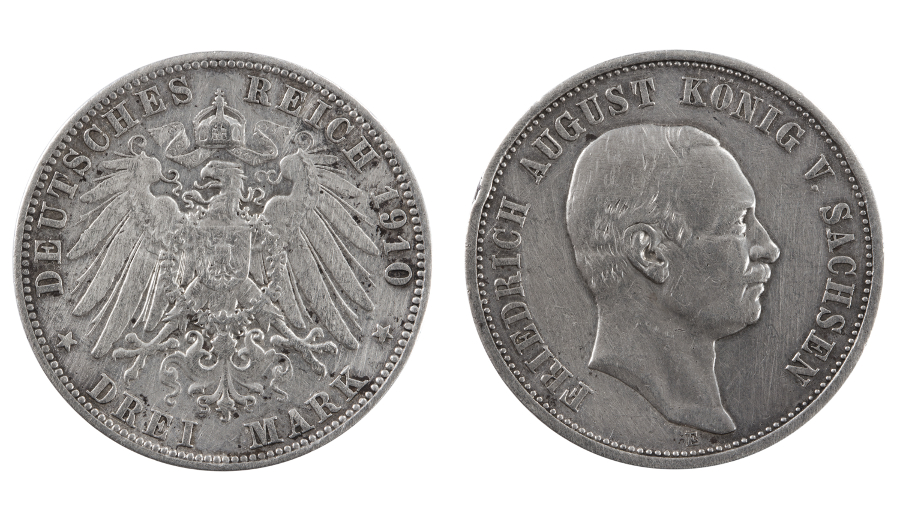It’s well known that the US dollar was originally modeled off the Spanish milled dollar, or “piece of eight.” And it’s also well known that the name “dollar” came from the German word thaler, the name of a silver coin of a certain weight. Whereas the mark was the primary unit of weight in measuring large amounts of silver, the thaler was a much smaller unit, often varying between 1/9 and 1/14 of a mark.
Because Germany was divided into hundreds of smaller states and principalities, different regions adopted different thalers with differing silver contents. As the push for German unity began in the 19th century, a push for greater monetary unit resulted as well. This led to a reform of the thaler system and the introduction of the Vereinsthaler in 1857. While subsidiary coinage still differed between southern and northern German states, the Vereinsthaler remained the same throughout, containing 16 2/3 grams of 90% fine silver per coin.
With the unification of German states into the German Empire in 1871, the Goldmark was adopted as the unit of account, taking advantage of the large amount of gold paid to Germany by France as war reparations. The new mark traded at the rate of 3 marks to every thaler. In addition to 2-mark and 5-mark coins minted by the various German states, thaler-sized coins continued to be produced as a 3-mark coin.
Mintage figures for those coins vary significantly based on which state was producing the coins. Prussia, being the dominant state within the Empire, produced large numbers of silver coins and thus Prussian coins are still commonly found. Coins from other large states such as Wuerttemberg, Bavaria, and Saxony are also relatively common, although they often trade at a premium to Prussian coins. Finally, smaller states such as Lippe, Mecklenburg-Strelitz, and others may only have produced a few thousand coins of various types, causing them to be almost solely numismatic items.
Because of their age, relative rarity in the US, and numismatic interest, German thalers often trade at significant premiums to their silver content. In general you can expect to pay about a 100% premium minimum for 3-mark Prussian coins, with prices for coins from other states, for commemorative 3-mark coins, and for older thaler coins being much higher. While that may seem like a lot, given silver’s potential for significant price appreciation in the future, the value of those coins is likely to increase significantly in the future.
Like most older circulating silver coins, the German thaler and 3-mark coins are not available for investment through a precious metals IRA or silver IRA. But if you’re in the market for reasonably-priced coins with historical significance that will still hold value in the future, you could do worse than by purchasing German thalers.
Coin Specifications
- Purity: 90% silver
- Weight: 16.667 g
- Silver Content: 0.4823 troy oz.
- Diameter: 33 mm
- Thickness: 2.37 mm
This article was originally posted on Red Tea News.





